 The housing market is “on a sustained growth path,” according to the latest economic outlook by Fannie Mae’s Economic & Strategic Research Group.
The housing market is “on a sustained growth path,” according to the latest economic outlook by Fannie Mae’s Economic & Strategic Research Group.
“One of the key developments for the housing market last year was the general consensus that home prices, on a national basis, bottomed earlier in the year and continued to build momentum, exhibiting robust year-over-year gains unseen since the housing boom,” according to the report.
Housing inventories are at the lowest since December 1994 and fewer distressed homes have helped to lift home prices, according to Fannie Mae economists.
Among some of Fannie Mae economists projections for this year:
- Home prices: Fannie Mae economists predict that the median price of existing homes will increase 2.3 percent on an annual basis this year, reaching $181,000. The median price of a new home will likely increase 1.6 percent to $248,000. For 2014, economists predict that home prices will increase an extra 2.8 percent.
- Home sales: Existing-home sales will likely rise 11.5 percent in 2013, and new-home sales will rise 12.5 percent, economists predict.
- Mortgage rates: Rates will likely edge up slightly this year with 30-year fixed-rate mortgages projected to average 3.8 percent this year and rise to 4.4 percent in 2014.
Source: “Fannie Mae: Housing Is ‘on a Sustained Growth Path’,” Inman News
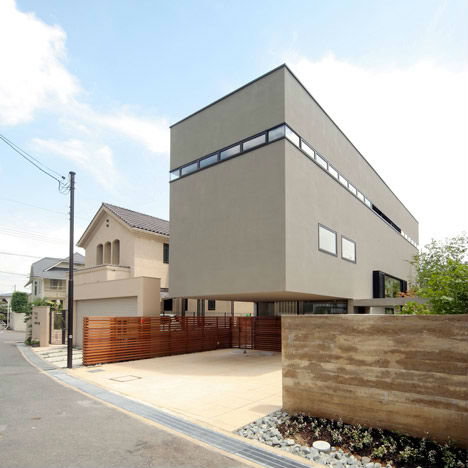
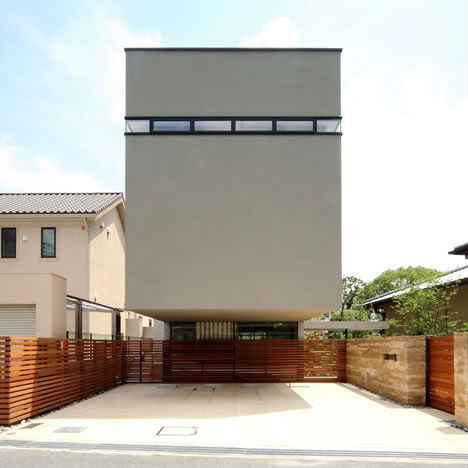
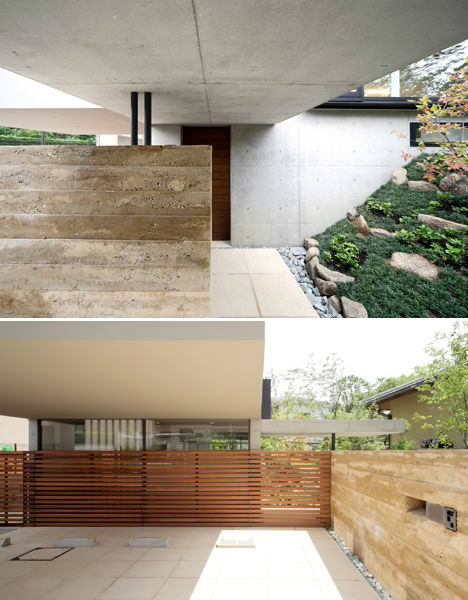


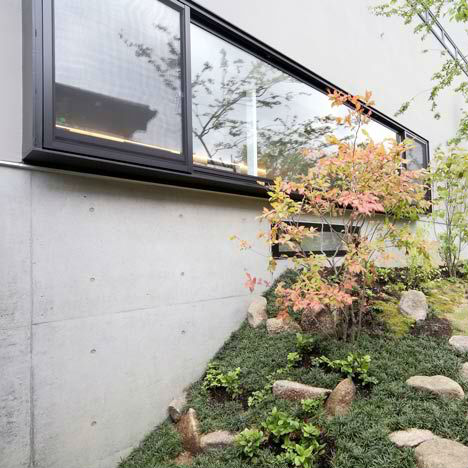


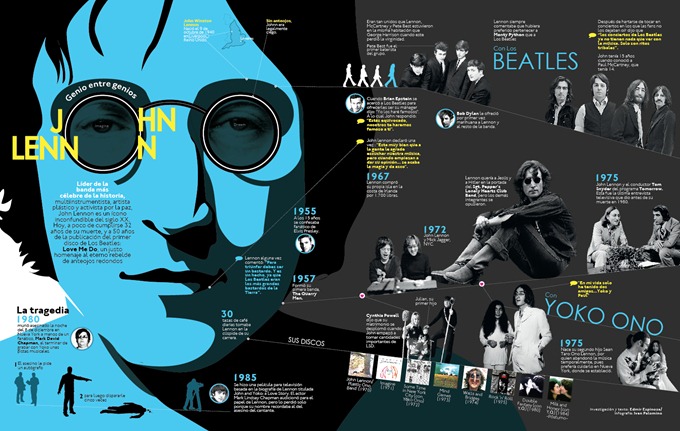















![A 44-Point SEO Checklist to Help Improve Your Process [Infographic]](http://www.emmanuelfonte.com/wp-content/uploads/2023/08/SEO-678x226.png)



